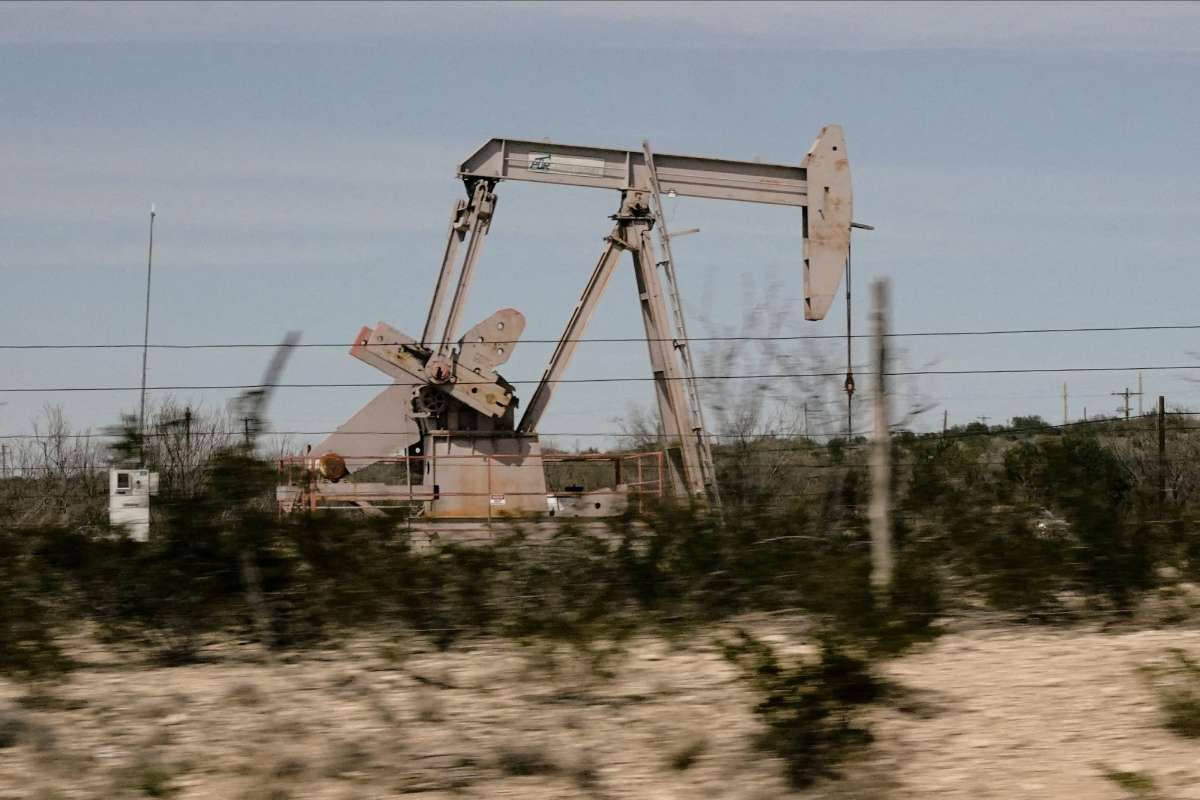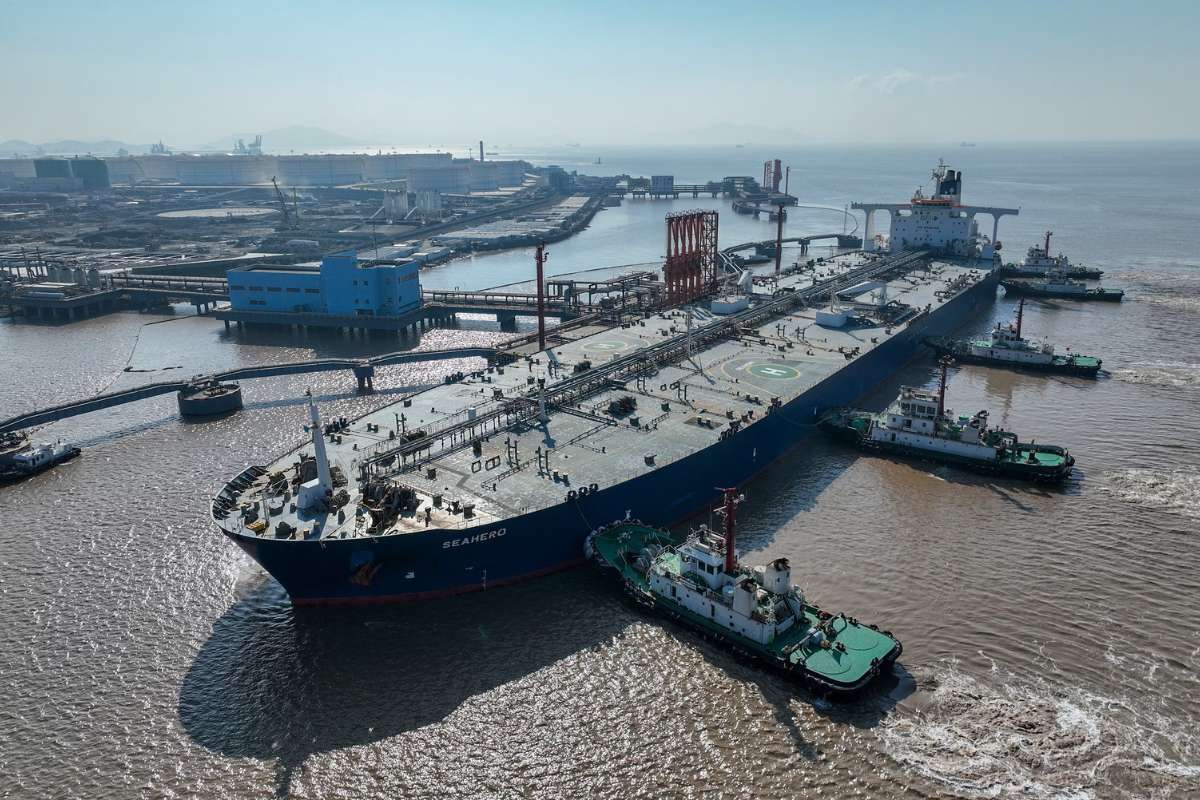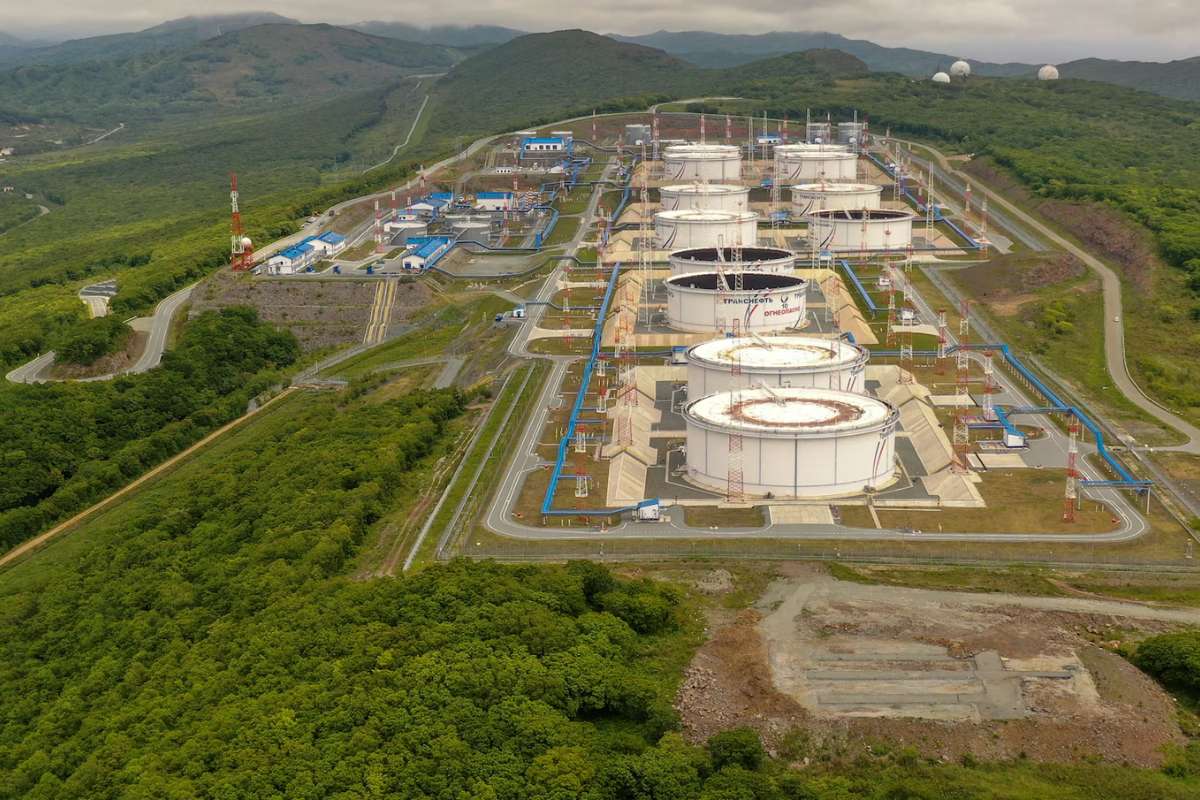Major Spill Prompts Swift Response in North Dakota
Cleanup efforts are underway following a significant oil spill from the Keystone pipeline in southeastern North Dakota. The rupture, which occurred Tuesday morning, prompted an immediate shutdown of the system by a nearby employee who reportedly heard a mechanical noise. An aerial photo released the following day shows a large pool of oil in a snow-covered field, marking the scope of the spill. The area, now bustling with trucks and workers, is being carefully monitored for environmental impact.
South Bow, the company managing the 2,700-mile pipeline that transports crude oil from Alberta, Canada to the U.S., estimates that approximately 3,500 barrels—or 147,000 gallons—of oil were released. The affected area, a stretch of agricultural land near Fort Ransom, is currently sealed off, and air quality monitoring is underway as vacuum trucks work to recover the spilled oil.
Kristin Anderson, a spokesperson for South Bow, confirmed that the company is investigating the cause and assessing the extent of damage. While there have been no reported injuries or widespread environmental damage so far, local residents like farmer Myron Hammer, whose land is being used as a staging area for cleanup, noted the lingering smell of oil in the air and increased traffic near the site.
Concerns Rise Over Pipeline’s Safety Record
While the immediate impact of the spill is being managed, environmental groups are raising broader concerns about the Keystone pipeline safety history. Paul Blackburn, an analyst with Bold Alliance, emphasized that this spill is far from minor—comparing the leaked volume to 16 full tanker trucks. He also pointed to a troubling pattern: since 2017, Keystone has spilled nearly 1.2 million gallons of oil, vastly exceeding the spill record of the Dakota Access pipeline during the same timeframe.
Experts have noted that underground keystone pipelines are vulnerable to a variety of stressors, including shifting soil, corrosion, fluctuating temperatures, and surface activity from heavy equipment. These factors, combined with possible design or construction flaws, can lead to structural weaknesses over time. A 2022 rupture in Kansas was previously traced to a faulty weld and overstressed pipe bend—issues possibly linked to the original construction in 2010.
In a statement, South Bow maintained that the pipeline was operating within regulatory and design parameters at the time of the rupture. However, critics argue that such incidents highlight the need for closer scrutiny of aging infrastructure and stronger safeguards against environmental risks.
Potential Market Impact and Community Disruption
The Keystone system remains shut down as the investigation continues, raising concerns over its potential economic impact. Energy experts warn that prolonged disruption could affect fuel supplies, especially in the Midwest. Ramanan Krishnamoorti from the University of Houston noted that refineries may experience shortages, particularly in diesel and jet fuel, which could push up transportation and grocery costs.
However, others believe the short-term effects may be limited. Mark LaCour, editor-in-chief of the Oil and Gas Global Network, suggested that most refineries maintain reserves of crude oil and could continue operations for weeks without immediate disruption.
Meanwhile, for local residents, the impact is more tangible. The spill has disrupted farming operations and altered the quiet routine of rural life. Hammer, the neighboring farmer, has already canceled plans to use five acres of his land for spring planting. The surrounding area, known for its scenic views and outdoor recreation, now faces the challenge of ensuring long-term environmental recovery.
As investigations proceed and cleanup continues, the spill once again puts a spotlight on keystone pipeline safety, corporate accountability, and the balance between energy infrastructure and environmental protection.












